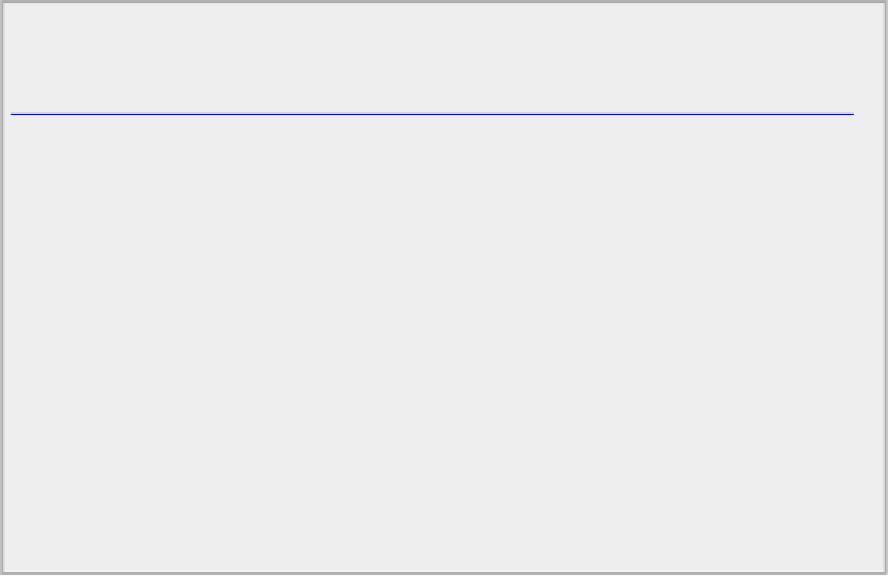Java Reference
In-Depth Information
}
Primes3.java
This program outputs the first 50 primes.
How It Works
This program is very similar to the previous version. The principal differences are that
nPrimes
contains
the number of primes required, so the program produces the first 50 primes, instead of finding the primes
between 2 and 50, and the
for
outer loop, controlled by
i
, has the loop condition omitted, so the loop has
no direct mechanism for ending it. The loop must be terminated by the code within the loop; otherwise,
it continues to execute indefinitely.
Here the termination of the outer loop is controlled by the
if
statement following the output statement.
As you find each prime, the value is displayed, after which the value of
nPrimes
is decremented in the
if
statement:
if(--nPrimes == 0) { // Decrement the prime count
break; // It is zero so we have them all
}
The
break
statement is executed when
nPrimes
has been decremented to zero, and this exits the outer
loop.
The Labeled break Statement
Java also has a labeled
break
statement. This enables you to jump immediately to the statement following
the end of any enclosing statement block or loop that is identified by the label in the labeled
break
statement.
The label precedes the opening brace of the block that it identifies.
Figure 3-7
illustrates how the labeled
break
statement works.


